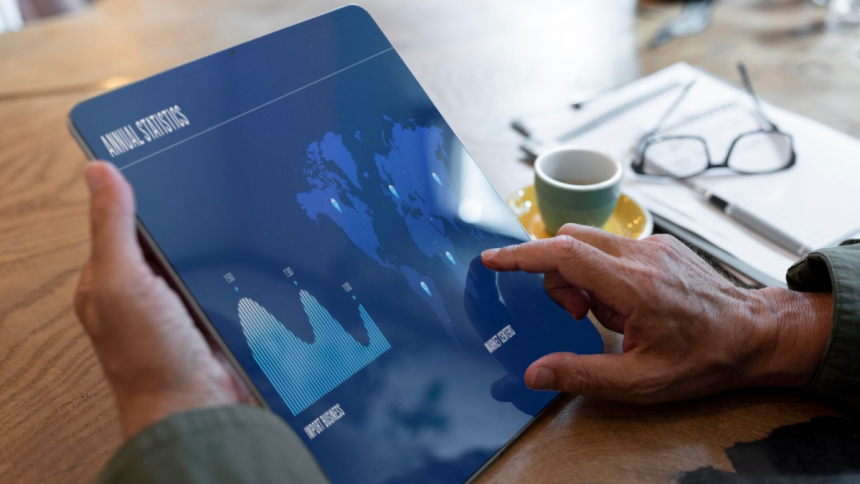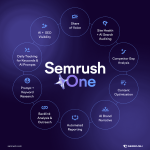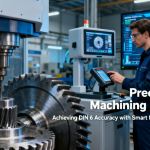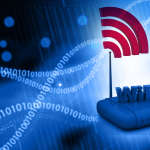By 2025, analysts predict over 30 billion connected IoT devices worldwide – producing over 73 zettabytes of data. Tapping into this deluge of real-time IoT data presents immense opportunities if businesses can overcome the inherent challenges. Implementing the right infrastructure, analytical capabilities, and data-driven culture is key to maximizing the return on IoT data. Explore customer reviews for some of the software to discover insights into the effectiveness of various IoT data analytics, leveraging tips outlined in “IoT Data Analytics Tips to Gain Value from IoT Data.
Implement Scalable Data Infrastructure
This includes utilizing cloud platforms for storage, distributed databases for faster access and analysis, and tools to handle data ingestion from many different device types and protocols. Having the right IoT data architecture will ensure your system can handle the massive amounts of data coming in daily from sensors and devices while keeping storage and analytics costs under control. Supply chain companies can adjust logistics based on locations and conditions of products and assets. By performing real-time analysis, businesses can gain quicker and more significant value from IoT data.
Focus Analytics to Address Specific Use Cases
Trying to apply general analytics methodologies to massive IoT datasets will likely not yield meaningful business value. The key is focusing the data analysis approach to solve specific, defined IoT use cases. Industry guides prioritizing IoT opportunities and challenges, identifying required data inputs and metrics, and applying the right analytics tools tailored to the use case is crucial for success with IoT data. Custom algorithms and models may also need to be developed based on the unique needs of the IoT use case or vertical. This focused approach helps filter out noise within IoT data and allows for greater impact from the resulting analytics-driven insights.
Use Visualization Tools
IoT analytics often requires compiling, correlating, and visualizing vast amounts of sensor data and events over time. Using analytics dashboards and interactive data visualization tools makes it easier for analysts, business users, and decision makers to gain insights from IoT datasets that span devices, locations, environments, and events. Integrating IoT analytics findings into intuitive, easy to understand visualizations is key for identifying trends, patterns, correlations, and anomalies that drive operational optimization and business decisions.
Combine IoT Data with Other Data Sources
By correlating real-world behavioral trends observed from IoT sensors with business performance data and contextual data, deeper levels of insight can be gained to drive innovation. For example, retailers can gain new insights into customer shopping behavior by connecting in-store IoT sensor data with e-commerce platform data to inform and optimize omni-channel strategies.
Address Data Security, Privacy, Ownership
The massive amounts of fine-grained IoT sensor data being collected also raises concerns around data security, privacy, control, and ownership. Having clear guidelines, policies, and measures in place to address what data is being collected, who has access to this highly sensitive data, where and how it is analyzed/stored, and how to maintain compliance with regulations is essential to gain trust and value from IoT analytics. Those looking to monetize IoT sensor data must also factor in both legal protections and how revenue shares are structured with device owners, based on who actually owns the data.
Conclusion
Effectively harnessing insights from IoT data analytics presents huge potential value for businesses across industries in the form of efficiency gains, cost savings, enhanced products and services, new revenue streams, and improved decision making. But to fully realize these benefits, businesses must implement scalable and flexible data infrastructure, perform real-time analysis, focus analytics on practical IoT use cases, leverage data visualization, combine IoT data with other sources, and adequately address security, privacy and ownership issues around IoT data assets. With the right strategy, investments, talent, and execution – businesses stand ready to tap into the vast potential of IoT analytics.
By 2025, analysts predict over 30 billion connected IoT devices worldwide – producing over 73 zettabytes of data. Tapping into this deluge of real-time IoT data presents immense opportunities if businesses can overcome the inherent challenges. Implementing the right infrastructure, analytical capabilities, and data-driven culture is key to maximizing the return on IoT data. Explore customer reviews for some of the software to discover insights into the effectiveness of various IoT data analytics, leveraging tips outlined in “IoT Data Analytics Tips to Gain Value from IoT Data.
Implement Scalable Data Infrastructure
This includes utilizing cloud platforms for storage, distributed databases for faster access and analysis, and tools to handle data ingestion from many different device types and protocols. Having the right IoT data architecture will ensure your system can handle the massive amounts of data coming in daily from sensors and devices while keeping storage and analytics costs under control. Supply chain companies can adjust logistics based on locations and conditions of products and assets. By performing real-time analysis, businesses can gain quicker and more significant value from IoT data.
Focus Analytics to Address Specific Use Cases
Trying to apply general analytics methodologies to massive IoT datasets will likely not yield meaningful business value. The key is focusing the data analysis approach to solve specific, defined IoT use cases. Industry guides prioritizing IoT opportunities and challenges, identifying required data inputs and metrics, and applying the right analytics tools tailored to the use case is crucial for success with IoT data. Custom algorithms and models may also need to be developed based on the unique needs of the IoT use case or vertical. This focused approach helps filter out noise within IoT data and allows for greater impact from the resulting analytics-driven insights.
Use Visualization Tools
IoT analytics often requires compiling, correlating, and visualizing vast amounts of sensor data and events over time. Using analytics dashboards and interactive data visualization tools makes it easier for analysts, business users, and decision makers to gain insights from IoT datasets that span devices, locations, environments, and events. Integrating IoT analytics findings into intuitive, easy to understand visualizations is key for identifying trends, patterns, correlations, and anomalies that drive operational optimization and business decisions.
Combine IoT Data with Other Data Sources
By correlating real-world behavioral trends observed from IoT sensors with business performance data and contextual data, deeper levels of insight can be gained to drive innovation. For example, retailers can gain new insights into customer shopping behavior by connecting in-store IoT sensor data with e-commerce platform data to inform and optimize omni-channel strategies.
Address Data Security, Privacy, Ownership
The massive amounts of fine-grained IoT sensor data being collected also raises concerns around data security, privacy, control, and ownership. Having clear guidelines, policies, and measures in place to address what data is being collected, who has access to this highly sensitive data, where and how it is analyzed/stored, and how to maintain compliance with regulations is essential to gain trust and value from IoT analytics. Those looking to monetize IoT sensor data must also factor in both legal protections and how revenue shares are structured with device owners, based on who actually owns the data.
Conclusion
Effectively harnessing insights from IoT data analytics presents huge potential value for businesses across industries in the form of efficiency gains, cost savings, enhanced products and services, new revenue streams, and improved decision making. But to fully realize these benefits, businesses must implement scalable and flexible data infrastructure, perform real-time analysis, focus analytics on practical IoT use cases, leverage data visualization, combine IoT data with other sources, and adequately address security, privacy and ownership issues around IoT data assets. With the right strategy, investments, talent, and execution – businesses stand ready to tap into the vast potential of IoT analytics.
Lynn Martelli is an editor at Readability. She received her MFA in Creative Writing from Antioch University and has worked as an editor for over 10 years. Lynn has edited a wide variety of books, including fiction, non-fiction, memoirs, and more. In her free time, Lynn enjoys reading, writing, and spending time with her family and friends.















